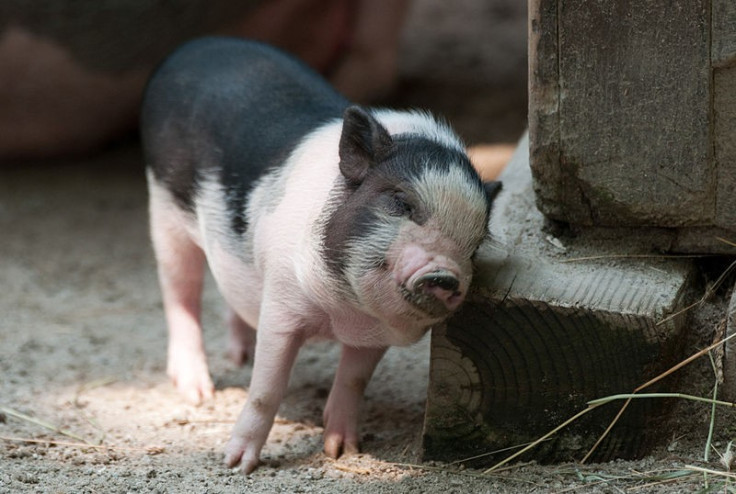Scientists Discover What Makes Us Itch

Scientists have discovered what causes the sensation of itching and believe their find could lead to the development of drugs to target chronic conditions such as eczema and psoriasis.
Researchers at the US government agency the National Institutes of Health identified the molecule that causes itching in a study of mice.
They found that the natriuretic polypeptide b (Nppb) molecule is released in the spinal cord and triggers a process that is then experienced in the brain as the itching sensation.
Nppb gets to the brain by plugging into a specific nerve cell in spinal cord and then sending the itching signal through the central nervous system.
Researchers found that when they removed Nppb or its nerve cell, mice stopped itching despite being exposed to a wide array of itch-inducing substances.
Mice and humans share similar nervous systems so the scientists say the Nppb molecule is probably present in people - once they have identified the molecule in humans, drugs could be developed to turn off the itch.
The researchers began by searching for signalling components on nerve cells containing a molecule named TRPV1. Nerve cells help to monitor external conditions, such as temperature or pain.
It is unclear, however, how these nerve cells recognise the different sensory inputs. To find the itching sensation, senior author Mark Hoon and his team identified the main neurotransmitters that TRPV1 produces.

They screened neurotransmitters to see which ones corresponded with different sensations and found Nppb did not produce any sensory response. When they exposed the mice itchy substances, they did not itch.
Following experiments showed that Nppb was essential to produce the itching sensation.
The team then looked at the dorsal horn, the point in the spine where sensory signals are sent to the brain, to find cells that allowed the Nppb molecule to be received.
After removing the receptor protein from the dorsal horn, the itch was stopped and there was no impact on any other sensory sensations, such as pain, touch and temperature, meaning they had found the biocircut that causes itchy feelings.
However, Hoon said that removing Nppb to stop all itches is not yet possible. The molecule is used in the heat and kidneys so controlling it could cause unwanted side effects.
"The larger scientific point remains. We have defined in the mouse the primary itch-initiating neurons and figured out the first three steps in the pruritic (itch) pathway," he said.
"Now the challenge is to find similar biocircuitry in people, evaluate what's there, and identify unique molecules that can be targeted to turn off chronic itch without causing unwanted side effects. So, this is a start, not a finish."
© Copyright IBTimes 2024. All rights reserved.







